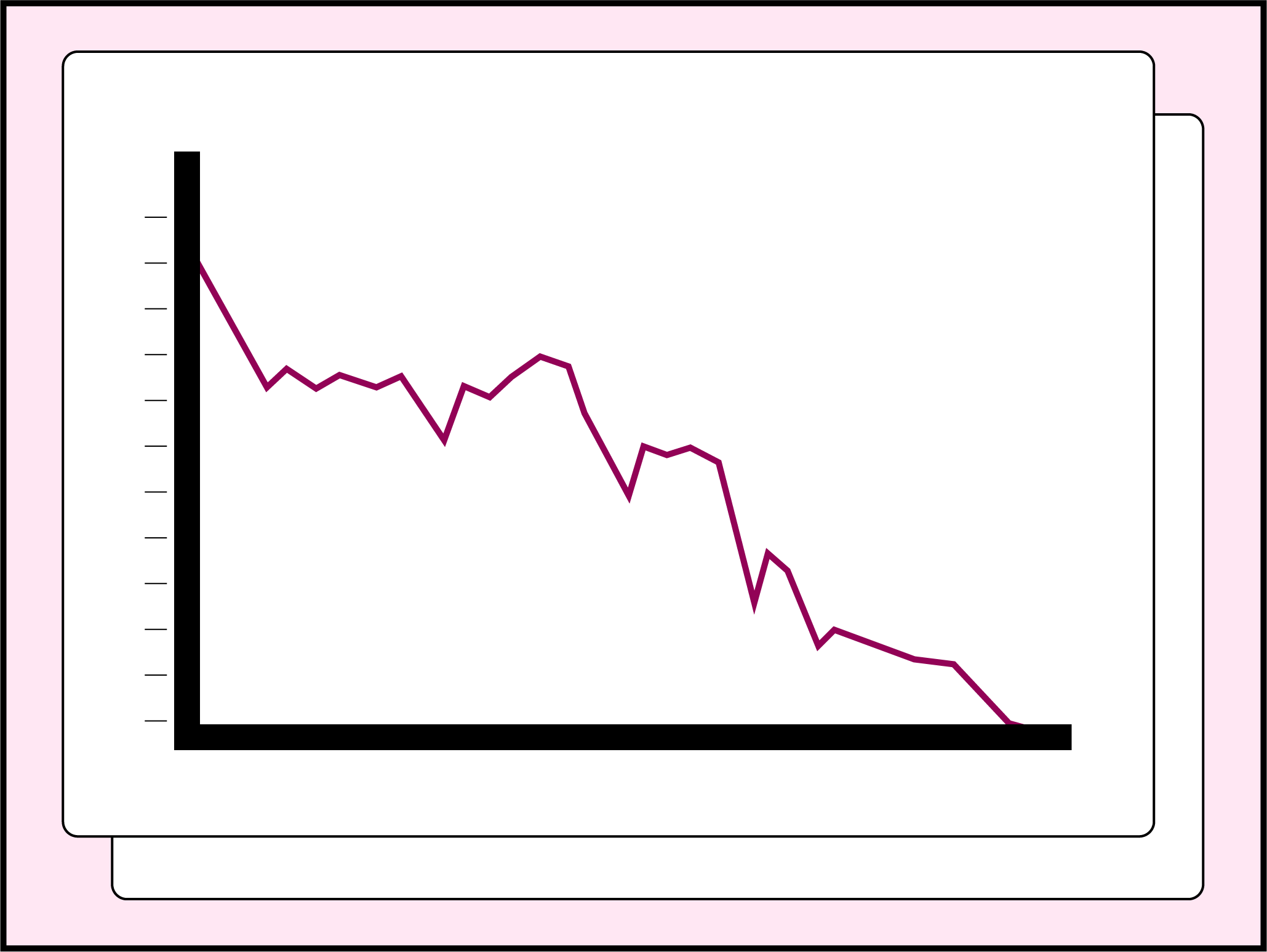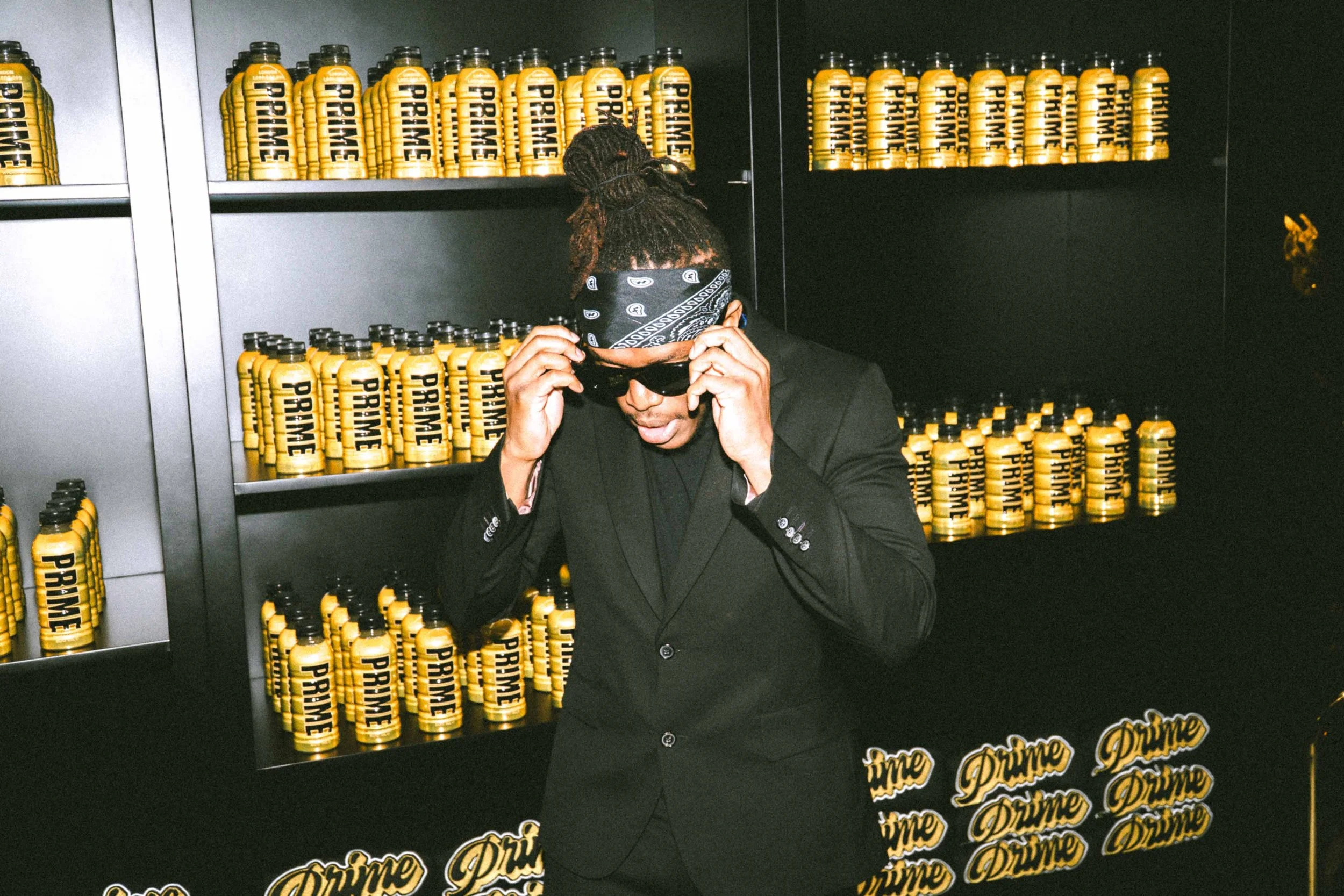When Attention Turns to Dust
What collapsed creator brand empires teach us about attention
Rich Walker - Founder of Attention Alpha
20th October 2025
The attention economy is fast, and unforgiving.
For every Feastibles, Sides or Chamberlain Coffee, there are hundreds of creator-led brands that fizzled out quietly.
In this piece, we’ll look at the most common points of failure in attention-first brand building — and the lessons every creator, founder, or investor can learn from them.
Over-Reliance on Founder Personality
The first fatal flaw of many creator brands is over-dependence on the founder’s face, voice, or general vibe.
When the creator is the entire sales engine, the brand lives and dies with their output and if they stop posting or a controversy hits the business evaporates.
The “cult of the founder” is powerful marketing fuel but dangerous infrastructure. Once the creator steps back or the audience matures, there’s no brand equity left to stand on. Some brands develop a dependence curve, where their relevance and sales are inextricably linked to posts from the original creator, prompting consumers to act
If we look at the likes of Logan Paul, KSI or the rest of The Sidemen, whilst generating enthusiasm and revenue now, will their brands remain popular when, for example they get older? Is Sides a strong enough fast food brand to stand alone? Can Prime still remain relevant? Do people still need to see famous faces on the branding to give them their cash? Stories beyond the creators are key to future success.
No Ecosystem or Habit Loop
Many creator brands fall victim to the “drop-and-disappear” syndrome. They sell out their first collection in hours, declare victory — and then vanish. The problem isn’t that they couldn’t get attention; it’s that they couldn’t build recurrence.
In a previous article I talked about ‘hype vs habit’. Countless influencer merch lines (hoodies, T-shirts, tote bags) do a huge first drop, and then there’s no follow-up. Their business model “is” the drop. There’s no sequel.
Without that, the customer lifecycle is simply: Discover → Buy → Forget. Not much coming back from that.
Real brands create ecosystems - they embed into daily or weekly routines, giving customers a reason to re-engage. This deep connection to habitual behaviour is the bedrock of building a sustainable brand.
Misalignment Between Attention and Business Model
Just because an audience loves your content doesn’t mean they’ll buy your product. Many creators make the mistake of building a product that doesn’t align with why people follow them.
Imagine the scenario: A comedy channel drops skincare. A gaming creator launches kombucha. A motivational speaker sells guitars. They sound a bit… off.
Attention is context-sensitive. If the audience trusts you in a specific emotional domain don’t shift too far from it, otherwise the audience might not see you as credible.
And this is quite a difficult balance to find. Take Nicole Ritchie, she founded House of Harlow - a high end boutique making handcrafted jewellery company back in 2009. Jewellery sounds a logical fit given her own personal brand. But then the brand shifted to making footwear. The brand lacked the credibility in the space and the shoes were quickly discontinued.
Platform & Algorithm Risk
Most influencers generate their attention from a social network. Maybe they’re the queen in Instagram or the king of YouTube. Trouble is, they don’t own those platforms. If you don’t own the platform , you don’t really own your audience. If you’ve built your brand purely on TikTok or YouTube distribution, you’re not building equity — you’re renting it.
A single algorithm change can cut reach by 90% overnight and have a major impact on your business.
What’s the solution? Build your off-platform channels. I cannot stress the importance of this enough! Email, online memberships, owned communities, or direct web experiences allow you to spread the load (and the revenue streams I hasten to add) even when attention sources shift.
Lack of a transition strategy
The most common question every attention-led brand should ask is simple: “What happens after the drop?”. What happens when we open the sales? What happens after we post a link to our shop?
The problem is many attention-first brands never ask this question. They treat attention as the holy grail, a finish line. It ties nicely to a secondary problem: metric vanity - brands who get obsessed with how many followers they have, rather than the viability of the business they have created.
For some creators and brands, that means taking some pretty bold decisions. Take Natacha Oceane, an influencer with nearly two million YouTube subscribers, until one day she decided to quit YouTube and focus on her business endeavours. The engine she’d built up had served it’s purpose - it was time to focus on building equity, the next phase in her journey.
Brand building is an evolution. Sometimes it significant shift. Some business forget that they need to make that leap and those that don’t often stagnate.




